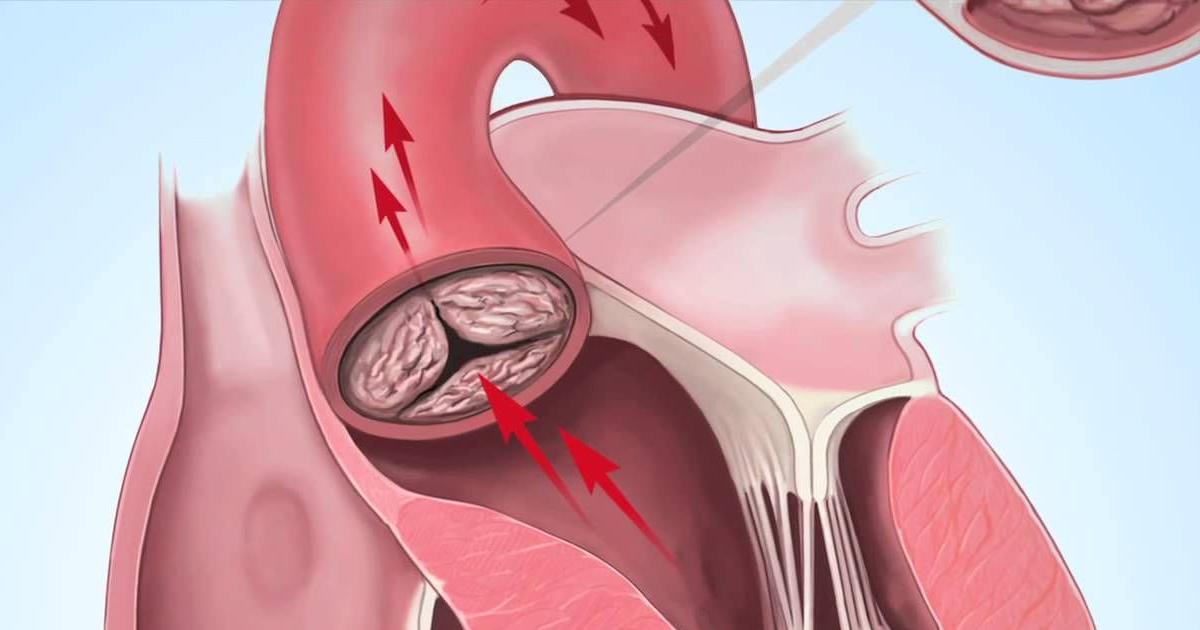What Are The Risk Factors And Complications Of Q Fever?
Q fever or query fever is an infection caused by bacteria transmitted from animals to humans. The bacterium responsible for causing Q fever is called Coxiella burnettii. It originates in ticks and is transmitted to livestock. Humans can contract the infection when they are exposed to particles of air contaminated with it, or when they come in contact with any bodily fluids or feces of an infected animal. Symptoms of Q fever begin to manifest between fourteen and twenty-one days after initial exposure. Acute query fever mimics the symptoms of the flu, and hepatitis or mild pneumonia are complications commonly seen with it. Most individuals are able to fight off the infection after a round of antibiotics, but some individuals may develop chronic Q fever.
Get familiar with the risk factors and complications associated with Q fever now.
Certain Locations And Occupations

Certain locations and occupations can make an individual more likely to contract Q fever than others. Individuals in occupations that require frequent contact with livestock including veterinarians, meat packers, farmers, stable hands, and slaughterhouse workers are at an increased risk. Common animals Q fever has been found in include goats, sheep, cattle, fish, camels, dogs, and guinea pigs. In addition, individuals who live in specific geographical locations are more likely to contract Q fever. Those who live in close proximity to a farming facility or farm are at an increased risk, as are individuals who live in the states of Texas, Colorado, California, and Illinois. Direct exposure occurs when an individual breathes in particles released by an infected animal. Direct exposure occurs when an animal is being slaughtered, giving birth, being examined, or any other activity involving direct contact with the animal. Indirect exposure occurs when the bacterium survives outside of its host for up to ten months. Coxiella burnettii can survive and spread long distances in the form of contaminated dust, hay, soil, and unpasteurized milk.
Uncover more risk factors and complications of Q fever now.
Impaired Kidney Function

Individuals who already have pre-existing impairment to their kidney function are at an increased risk of contracting Q fever. In addition, acute renal failure is a rare complication that may occur in individuals who have contracted Q fever. An individual has impaired kidney function when something causes their kidneys not to work as well as they should be. The kidneys are responsible for filtering the blood of waste products, excess nutrients, and excess fluid.
While the exact mechanism of how impaired kidney function increases an individual's risk for contracting Q fever is not clear, the close association between renal failure and vascular disease may help explain it. In addition, individuals who have compromised kidney function are not able to effectively eliminate cellular wastes and dead bacteria from their body. Their kidneys also do a poor job of removing any toxic byproducts produced by the interaction between the immune system and Coxiella burnettii. Having wastes and substances build up in the blood reduces the ability of the body to fight off Q fever.
Get the details on more complications and risk factors of Q fever now.
Heart Valve Disease

An individual with heart valve disease has a higher likelihood of developing Q fever. There are a couple of ways in which heart valve problems can encourage the growth of Coxiella burnettii bacteria. Once Coxiella burnettii bacterium makes it into an individual's bloodstream, it will attach to and infect numerous types of cells. One of these types of cells is monocytes or large cells that are a part of the immune system. Monocytes assist with the repair of damaged tissues around the body. Heart valve disease patients have damage to the valves in their heart, and the endocardium or the inside surface of the heart. This cardiovascular tissue damage means monocytes, even when infected with Coxiella burnettii, will attach to this damaged tissue in an attempt to repair it. When the bacteria infected monocytes attach to the cardiovascular tissues, the Coxiella burnettii bacteria are given the opportunity to colonize throughout the cardiac valves and heart. Once that has occurred, the individual has developed Q fever, and they will also likely develop Q fever endocarditis.
Learn more about endocarditis and Q fever now.
Endocarditis

Endocarditis is a serious condition where the endocardium or inner heart lining and valve surfaces become infected. Endocarditis occurs when bacteria enter the bloodstream, and they infect certain cells that circulate throughout the blood. These infected cells tend to attach to the endocardium. This attachment allows the bacteria to grow throughout the heart and results in endocarditis. It is uncommon for an individual who has a healthy heart to develop endocarditis. Those who have damaged heart valves or heart defects are at a considerably higher risk of developing this condition. This mechanism explains why the majority of individuals diagnosed with Q fever already have endocarditis or will develop it. Endocarditis is usually identified with the use of diagnostic imaging tests including an x-ray, echocardiogram, electrocardiogram, CT scan, or MRI. This Q fever complication requires intensive antibiotic treatment and surgery in some cases.
Learn more about the complications associated with Q fever now.
Meningitis

Meningitis is a complication that develops in some patients affected by Q fever. Meningitis is a disease characterized by inflammation of the meninges, which are the thin, fragile membranes that surround the tissues of the spinal cord and brain. When Coxiella burnettii enters an individual's bloodstream, it begins to infect several parts of the body, resulting in Q fever. The bacteria can also make its way to the regions of the spinal cord and brain. Once there, the bacteria enters into the cerebral spinal fluid, and it begins to multiply and colonize. This infection in the brain and spinal cord area causes meningitis or inflammation of the meninges. Bacterial meningitis is a serious complication of Q fever that requires immediate treatment with powerful intravenous antibiotics and corticosteroids. Any infected pockets around the meninges may be drained to relieve the pressure they are placing on the nearby tissues of the brain.